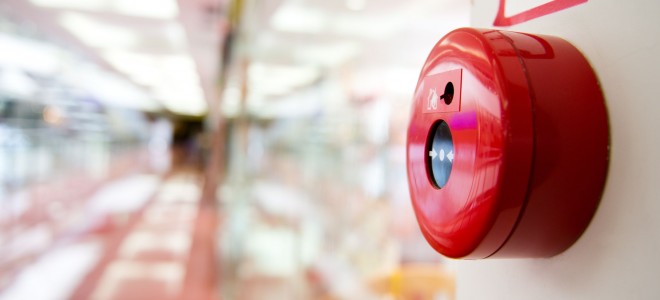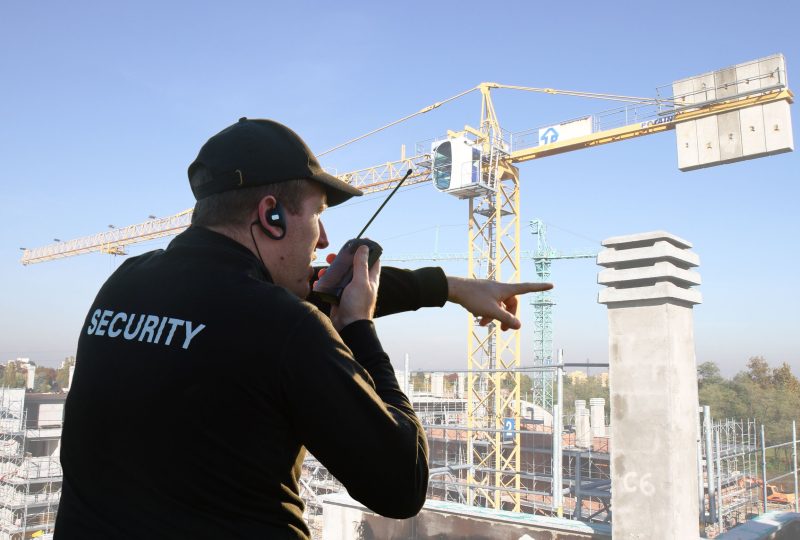You can buy a good fire extinguisher in Gatwick or anywhere else in London, but have you ever wondered how they’re made? These objects come in variety of shapes and sizes, and they even have different functions. For example, some extinguishers are more suitable for wood fires while others should be used on electric fires. These differences are crucial to using them effectively, however, there is a commonality in all fire extinguishers. That similarity is in their construction. If you’ve ever wondered how fire extinguishers are made and how to operate one, then read on.
Basic construction
Fire extinguishers are general metallic cylinders filled with an appropriate smothering material. This can be water, foam, powder, gas or even some other type of material. This material is contained in the cylinder at incredibly high pressure, and when the valve is pressed, the pressure causes it to shoot out of the extinguisher.
In a typical cylinder a plastic tube goes to the bottom of the fire-suppressant material and goes all the way to the nozzle. The passage of the tube, known as a siphon tube, is blocked by a valve which stops the fire-suppressant from escaping. This is the design you’ll find in most fire extinguishers in Gatwick. Normally there is a safety pin which stops the valve from depressing accidentally.
Using a fire extinguisher
In case of fire, you need to first pull the safety pin from the valve. This will release the spring. You need to then press the lever on the nozzle which pushes down on the actuating rod, clearing the passage of the siphon tube to the nozzle.
Since the fire-suppressant material is kept under such intense pressure, it will readily escape from the nozzle when the passage is clear. To put out the fire, you need to aim the suppressant at the source of the fire – where the fuel is burning. Don’t aim at the flame as this is counterproductive.
Different types of fire extinguishers
It’s important to differentiate between the different types of fire extinguishers. This could be a matter of life and death, as, use the wrong extinguisher, and you could inflame the fire even more. For example, you can use a water fire on fire where the fuel is wood, paper, textiles, or other material which produces carbon ash. However, you cannot use this type of extinguisher on oil or electric fires – as this will make things worse.
For those types of fire, a foam extinguisher is better. These can be used on oil fires, but they are ineffective on gas fires. Gas fires burn fiercely and for them you will need a CO2 fire extinguisher.


